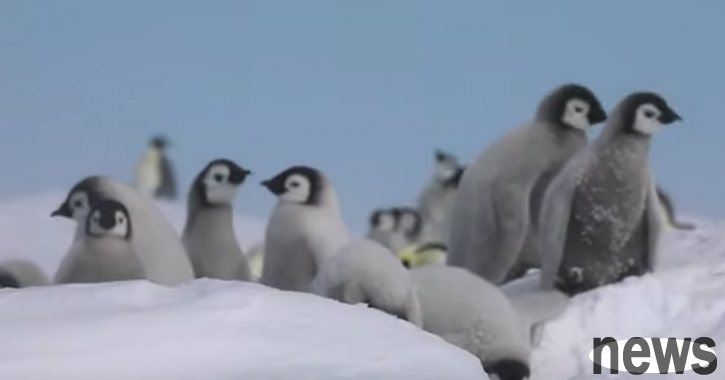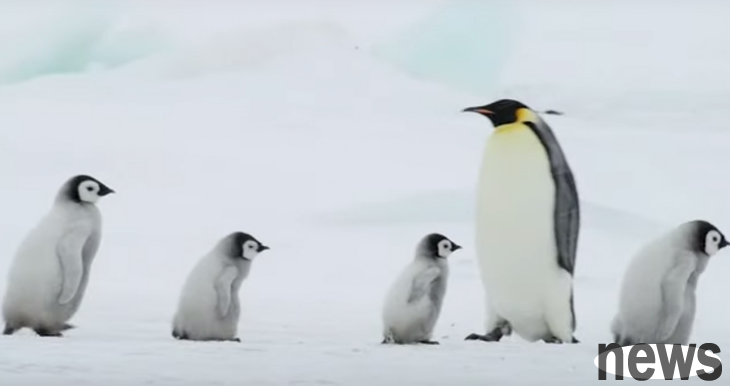Antarctica used to be the second largest penguin country, but it is no longer the case. It has been completely destroyed. The remaining penguins from the Harley Bay colony drowned in the Weddell Sea after a disastrous breeding season when the Brunt...
Antarctica used to be the second largest penguin country, but it is no longer the case. It has been completely destroyed. The remaining penguins from the Harley Bay colony drowned in the Weddell Sea after a disastrous breeding season when the Brunt Ice Shelf was damaged by a saltwater storm and washed away.
Scientists from the British Antarctic Survey (BAS) believe that penguins disappeared inexplicably in 2016. Satellite images taken since then show the once-thriving kingdom appears to have disappeared.
According to Drs Peter Fretwell and Phil Trathan, who spoke on the BBC, the colony at Halley Bay once had between 14,000 and 25,000 breeding pairs. When the ice shelf begins to break apart, the young penguins are helpless without the protection of the larger penguins' waterproof feathers.

An estimated 25,000 pairs of penguins may have disappeared from Antactica.
Fretwell said: "The sea ice that has formed since 2016 has not been as strong, and the storm events that occurred in October and November will now break out earlier. Sea ice that was previously stable and reliable has now become unviable for penguins."
As the BBC reports, large icebergs will make it difficult for any penguins to re-establish themselves. However, the recent increase in the nearby Dawson Langton penguin population may be due to some adults moving there.

Penguins experienced a disastrous breeding season before an ice shelf was broken during a sea storm.
The satellite images the scientists relied on for this study are very accurate. Determine the size and health of the penguin population, as well as the droppings they produce in the snow.
"Our specialized satellite image analysis can detect every penguin, so we can estimate the colony based on its known density to give a reliable estimate of colony size," Fretwell wrote in a press release.

Young penguins, lacking feathers for swimming, drowned in the Waddell Sea.
Such a massive collapse in the southern Weddell Sea is unprecedented.
Given the warming currents, this may not be the last collapse we see. There is also a gradually expanding crack on the Brunt Ice Shelf, which may allow more ice to drift, thus gradually reducing the glacier area, posing serious survival risks to organisms in cold zone areas.